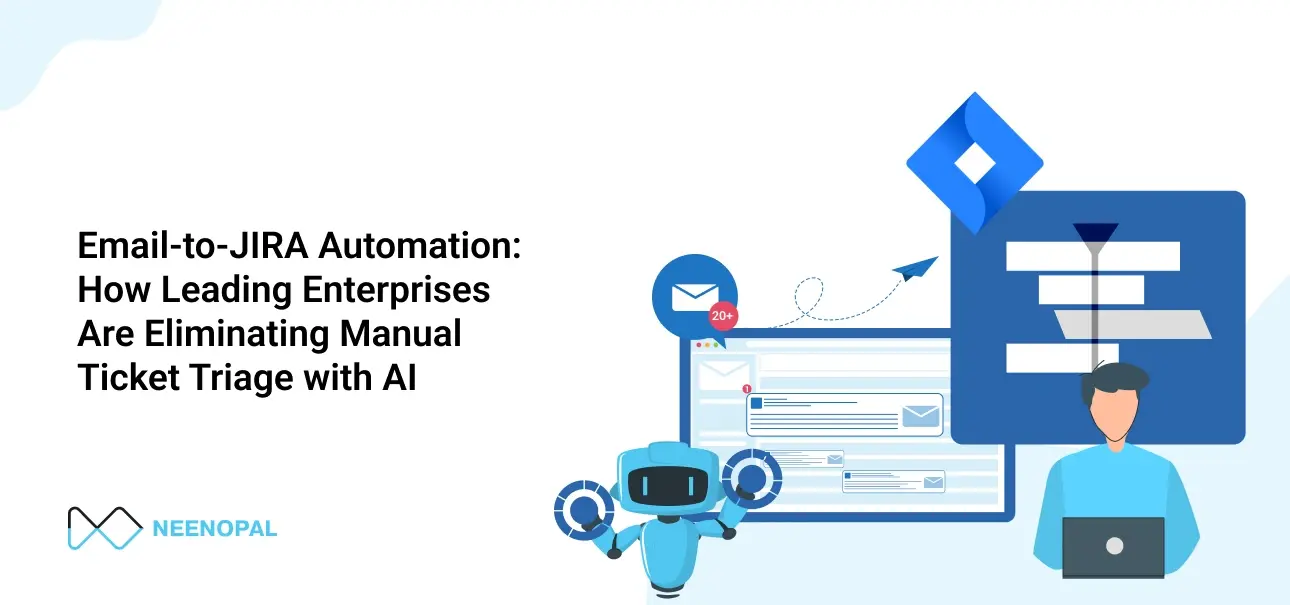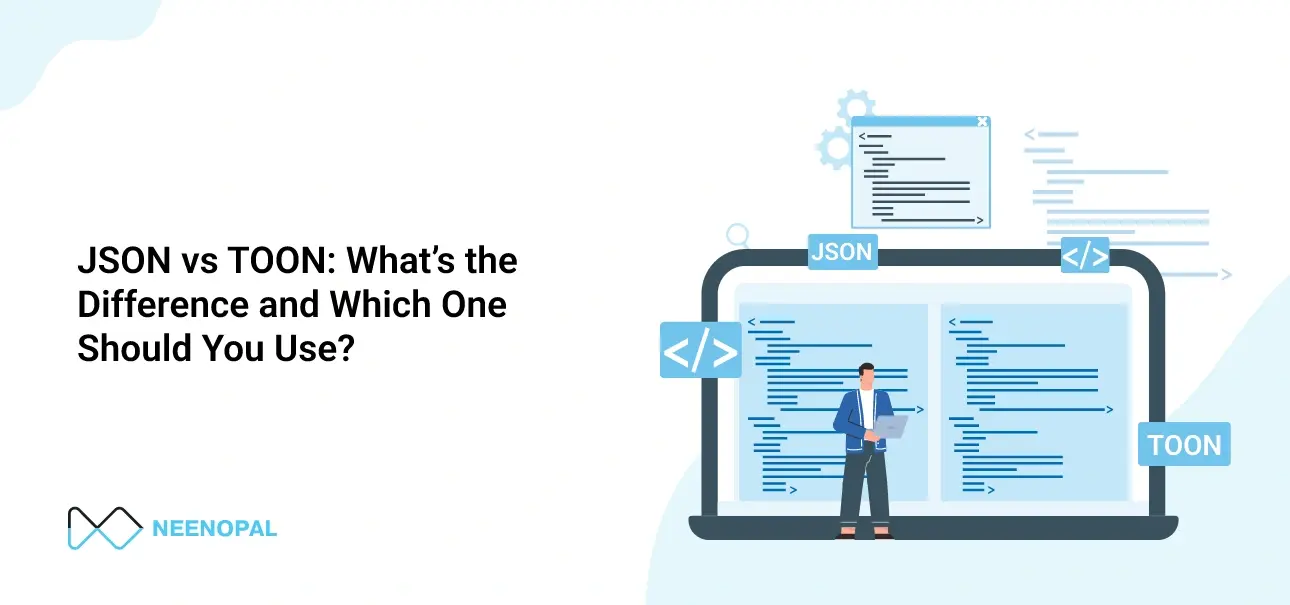Learn all about Payment Analytics, its benefits and how companies are leveraging it to grow their business exponentially!
In a traditional marketing sense, payment was one of the most overlooked factors in the overall customer journey. The payment step was considered only as a means of completing the transaction and nothing else. However, with the advent of digitization and the rise of online purchases, businesses are realizing the power of useful information hidden behind the payment data. Let us understand how Payment Analytics has become the new buzzword, from one of the most overlooked and underrated factors
What is Payment Analytics?
Post-transaction, customers leave behind a vast amount of payment data. Such data can be integrated, cleansed, stored, and then analyzed to get valuable business insights. A business that leverages Payment Analytics builds a culture of ‘data-driven’ decision-making over ‘hunch-based’ decision-making. Further, companies that use insights from payment data gain a significant competitive edge & grow their business rapidly.
Who Can Use Payment Analytics?
Any business that does payment transactions with customers can use Payment Analytics – this means that the horizon of potential applications of Payment Analytics is vast. As the complexity of businesses increases, the potential benefits of using data analytics increase. For example, a retailer that has a presence across diverse geographical locations, a high number of shops, high product variety, a high number of sales channels, price-sensitive customers and fierce competition will benefit hugely from Payment Analytics.
As businesses find it difficult to develop analytics expertise in-house, they can hire consulting firms specializing in data analytics to do the job for them. Hiring such on-demand external talents provides many benefits like flexibility, outside perspective, in-depth expertise & experience. Payment processing firms can also leverage the power of payment data which they have easy access to and offer ‘add-on’ payment analytics services to merchants.
What Insights Can Business Draw Using Payment Analytics?
Every transaction can be a potential source of business insights. Although businesses have started realizing that Payment Analytics can be useful, they do not have clarity on the entire spectrum of applicable use cases. Investment in analytics can be extremely fruitful – however, the businesses first decide which pain points to address using analytics. To help you with the same, we have listed down ten insights that payment analytics can provide:
1. How can I understand my customers better?
Developing an in-depth understanding of customers is perhaps one of the most important objectives for businesses. Almost all activities like product development, traditional & digital marketing, sales, website development, etc. are heavily dependent on a good understanding of customers. Payment analytics can greatly help in understanding which products customers prefer, what features they want, how price-sensitive they are, etc. Overall, businesses can develop great insights into customer behavior using Payment Analytics.
2. How do I calculate Customer Lifetime Value?
Businesses spend a huge amount of resources (money, time, manpower) in acquiring new customers – commonly known as Customer Acquisition Cost (CAC). However, businesses are interested more in knowing the potential benefits of acquiring a new customer i.e. how much a new customer is worth. One of the ways of calculating that is by aggregating estimated purchases by a customer over his/her lifetime – commonly known as Customer Lifetime Value (CLV).
Payment Analytics can be used to estimate Customer Lifetime Value for every new as well as existing customer. Using historical transaction data, future purchase characteristics like average transaction value, frequency of transaction, and average lifespan of customers can be predicted. Based on CLV and CAC, businesses can optimize their marketing efforts so that CLV can be maximized with minimum CAC.
3. How do I set dynamic prices for various SKUs?
With the rise in competition, decreasing product differentiation, and increasing product variety, customers becoming more sensitive to price. Customer switching costs are also decreasing. Further, customers can easily compare the prices of your & competitors’ products and make purchasing decisions. Thus, setting a fixed price can be harmful to your business – having a good dynamic pricing strategy is the need of the hour.
Payment Analytics can be of great help in designing a good dynamic pricing strategy for businesses. Valuable insights regarding the price sensitivity of customers can be drawn from the payment data. Once businesses understand the impact of their price changes on revenue, they can accordingly decide the best prices and optimize them dynamically.
4. How to increase customer loyalty?
Acquiring new customers is often costlier as compared to driving more revenue from existing customers. Therefore, businesses usually focus on increasing customer loyalty. From historical transaction data like average transaction size, frequency of transaction, product mix bought, etc., trends can be drawn out to identify the most loyal customers. Personalized targeting strategy can be used for every customer, to ensure that they stay loyal to you. Further, the ROI and effectiveness of loyalty programs can be assessed using Payment Analytics and appropriate changes can be done to optimize them.
5. How do I know if my marketing campaigns are effective?
Businesses spend a lot of resources on designing marketing campaigns. While doing so, they make many important decisions – how much to spend, which marketing activities to prioritize, which channels to use, what should be the underlying message, which customer segments to target, how to personalize the overall campaign, etc. Payment analytics can help companies in answering such important questions and in measuring the overall ROI of the campaigns. Businesses can tweak campaign parameters and see their impact on revenue in real time.
6. How do I reduce customer churn?
Because of the advent of e-commerce, customer switching costs have become insignificant. Businesses are facing the issue of customer churn. Payment Analytics offers a solution to this issue – using historical transaction data, businesses can proactively identify which customers are more likely to churn. For example, customers with a decreasing trend in frequency or average transaction value can be more likely to churn. Once businesses identify such ‘at-risk’ customers, they can use a personalized targeting strategy to reach out to them, understand their pain points, and offer them incentives to stay.
7. CRM Analytics
Customer Relationship Management, the data that can be very cumbersome, exhaustive, and resource-intensive to handle, can be presented in an insightful manner with the use of data analytics and business intelligence tools. This invariably drastically reduces the time required to resolve customer queries, thereby providing users with an enriching and smooth customer experience.
8. Why do customers abandon shopping carts?
Many businesses, especially e-commerce websites, face the issue of low conversion of a shopping cart into a final purchase. This happens when customers put the items into the shopping cart, but later do not proceed with the transaction. Payment Analytics can offer valuable insights into causes of such shopping cart abandonment – for example, the price might be too high, signing in was mandatory, complicated checkout process, etc. Once businesses know the root cause, they can easily fix up the same and improve their shopping cart conversion rate.
9. How do I forecast for the upcoming season accurately?
Accurate forecasting of sales is important for businesses since it has a cascading effect across the supply chain i.e. final sales forecasts are used to make capacity decisions in logistics, manufacturing, procurement, trade promotion, etc. Also, incorrect forecasts can result in lost sales or under-utilized capacity and extra inventory. Payment Analytics can be used to make accurate forecasts and drive operational efficiency, increase revenue, and profit margins.
10. How do I reduce fraudulent transactions?
Payment processing firms, banks, and other financial service providers can use Payment Analytics to identify potentially fraudulent transactions. Historical transaction data can be used to identify patterns that can classify a transaction as a ‘risky’ one. Real-time Payment Analytics plays a huge role in the entire process. The algorithms usually are trained using historical data and are self-learning i.e. they learn as more and more data becomes available.
11. How do I reduce chargebacks?
Chargeback refers to the reversal of the regular payment transaction i.e. in the case of chargebacks, merchants return money to consumers. However, when merchants work alternative modes of payment (especially debit and credit cards), they incur transaction charges. Therefore, merchants not only lose revenue, but they have to bear transaction costs from their pockets. Payment Analytics can be used to understand the causes of chargebacks (fraudulent activities, customer returns, problems with the payment process, etc.). Once businesses understand the causes, they can design strategies to reduce chargebacks and increase revenue.
Concluding Remark:
Payment data can provide powerful business insights on customer behavior, loyalty management, churn management, fraud detection, chargeback reduction, etc. Overall, Payment Analytics offers a great opportunity for businesses to shift to a data-driven decision-making strategy. The future is going to be shaped by the world of data – companies must adopt Payment Analytics in their day-to-day decision-making to ensure that they stay ahead of their competitors.





